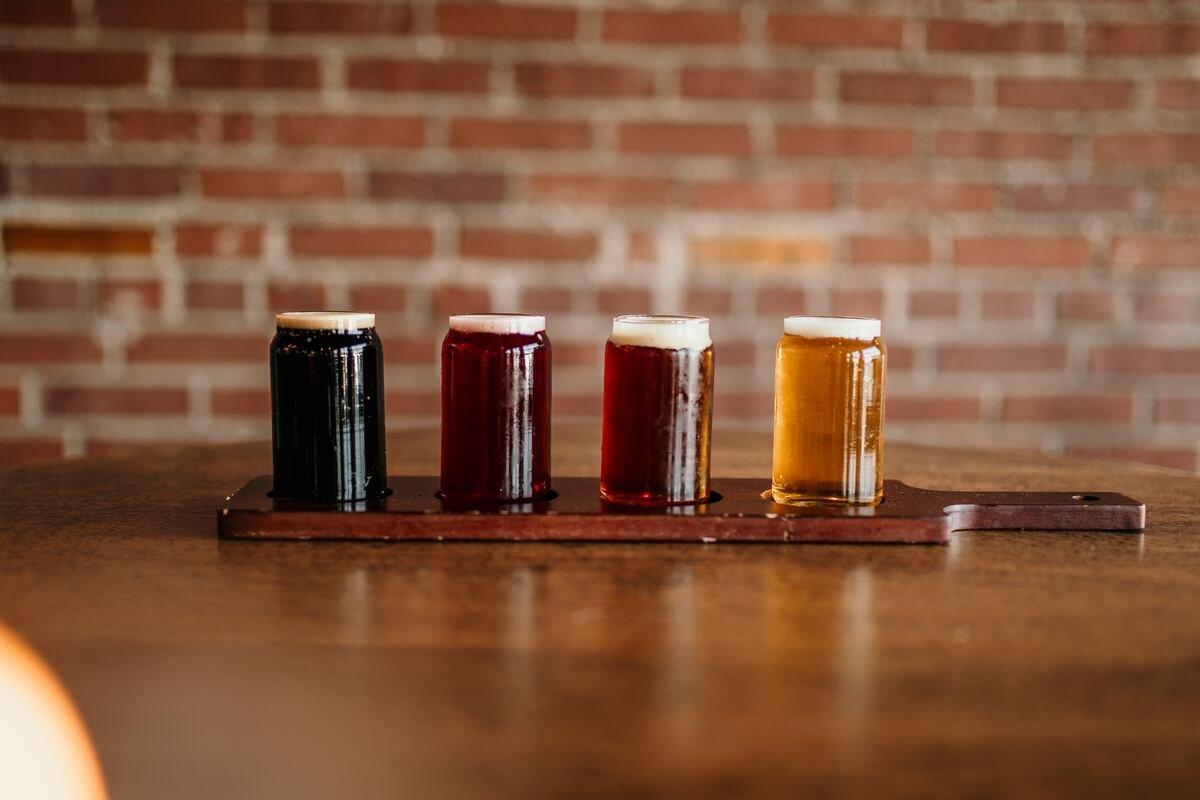IPA vs Stout: Exploring The World of Dark and Hoppy Beers
Exploring the world of craft beer is an exciting experience. Unlike many large commercial breweries, small independent breweries that make craft beer prioritize quality. They’re also always looking for ways to improve their products and are therefore not afraid to experiment. Craft beers therefore present the opportunity to explore different flavors, aromas, and experiences. Below we take a closer look at stout beers and IPA beers. We explore their differences to help you get started on your journey of exploring different types of craft beer.
Beer Styles
The term craft beer is used to describe beer produced by small, independent breweries. These small breweries are known to prioritize quality and innovation. They also rely on traditional methods of producing beer. Craft beers therefore often feature unique flavors and aromas compared to their mass-produced counterparts. It’s easy to see why many people love craft beers. They cater to diverse tastes.
There are a wide range of beer styles offering a wide range of flavors and aromas. Some of the most common styles include India Pale Ales (IPAs), stouts, lagers, wheat beers, and sour beers. These beers differ in taste, appearance, aroma, and even texture. The different styles of beer each have their own historical background and regional influences that contribute to their character. Taking time to understand the unique characteristics and flavor profiles of the different beer styles will help you find beers that suit your personal preferences.
IPAs vs Stouts
· Origins
IPA beers and stouts are amongst the most popular craft beer styles. Both styles of beer have their roots in the British Empire. IPAs were originally brewed with an abundance of hops and higher alcohol content. This was done to ensure that the beer could withstand the long sea voyages between England and India during the 18th century. The high alcohol content and the additional hops served as a natural preservative.
Stout beer on the other hand originated in Ireland. Guinness is probably one of the most famous commercially produced stouts. This style of beer originated in the 1700s. It was known traditionally for its rich and roasted malt flavors. These beers offer a creamy feel.
· Brewing process
The brewing process of craft beers plays a major role in the taste, appearance, and texture of the beer. This process differs for both IPAs and stouts. Stouts feature a variety of malted grains. A significant portion of this is roasted barley. This roasted barley is what gives stouts their rich dark color and coffee, chocolate, and caramel flavor.
IPAs on the other hand generally feature a base of pale malt as their primary source of fermentable sugar. The malt profile is kept to a minimum to accommodate the hop flavors and allow them to take center stage. Hops for IPA beer are the focal point of the beer. They provide bitterness, aroma, and flavor. The IPA brewing process features multiple hop additions which add to the complexity of the beer’s flavor. Hop varieties often chosen for IPAs are those with distinct citrus, floral, pine, or fruity flavors.
Taste and Experience
The Stout IPA war has been raging on for decades and it doesn’t look like it will end any time soon. IPA enthusiasts love the bold and hoppy characteristics of these brews. Many point out that this provides an unparalleled sensory experience. IPAs are known for their bitter and citrusy or floral aroma. There are various sub-styles of IPAs including West Coast IPAs, double IPAs, and New England IPAs that offer a twist to the traditional flavor.
Stouts on the other hand offer a complex and rich flavor. These beers feature a velvet texture. Each sip comes with layers of flavors that vary depending on the combination of malts used in the brewing process. Many stout aficionados praise these craft brews for offering an experience that engages the palate with every sip rather than simply quenching thirst like other beverages.
Food Pairings
Now that you have a better understanding of the characteristics of stouts and IPAs, you can pair them better with different meals for an even better experience. The strong hoppy characteristics of IPAs make them great for complementing spicy dishes, strong cheeses, and grilled meats. The bitter flavor cuts through rich and fatty foods. This combined with citrus and fruity flavors provides a refreshing contrast at the meal.
If you’re not sure what beer to pair with your meal, you can’t go wrong with a stout. Stouts are quite versatile. They are an especially great compliment to desserts and hearty dishes. Stews, seafood, and chocolate-based desserts top the list when it comes to pairings for stouts. However, many people find that this style of beer can enhance and elevate just about any type of cuisine.
Conclusion
So, do you prefer IPAs or Stouts? Still can’t make up your mind? Come down to The Comet Tavern and try some of the best craft beer Seattle has to offer and find your favorite brew.

